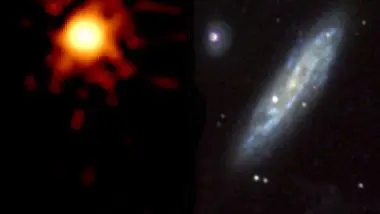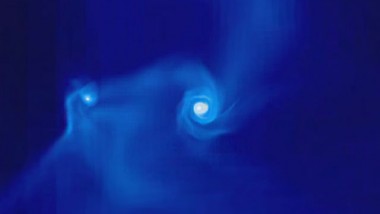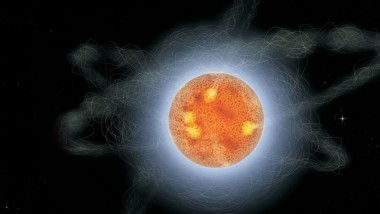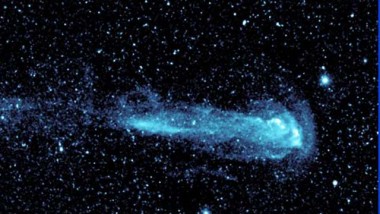NASA’s scientists recently used the Swift Satellite in order to see a star explode and become a supernova. Although over the past 100 years astronomers have observed thousands of supernovas, every time it was seen, it was only after the ...
Smaller Stars Help Bigger Stars Form
According to a new theory proposed by astrophysicists from Princeton University and the University of California, Berkeley, massive stars form inside an interstellar cloud of gas and dust, with the “help” of smaller stars. The smaller stars, which are about ...
Magnetic Neutron Star
Observations from NASA’s Rossi X-ray Timing Explorer (RXTE) have revealed an important clue regarding the life cycle of neutron stars. The youngest known pulsing neutron star, PSR J1846-0258, located in the constellation Aquila, has been observed to produce magnetar-like X-ray ...
Water Spirals around a Newborn Star
NASA’s Spitzer Space Telescope recently detected tremendous amounts of water vapor inside the accretion disk of a newborn star approximately 1,000 light-years from Earth. The new observations show for the first time how water, a basic ingredient for life as ...
Star Tail
NASA’s Galaxy Evolution Explorer (GALEX) telescope was able to take a unique picture of a star with a comet’s tail. The star, named Mira (from the Latin term for “wonderful”), is moving through space at an unusual speed of 468,319 ...





